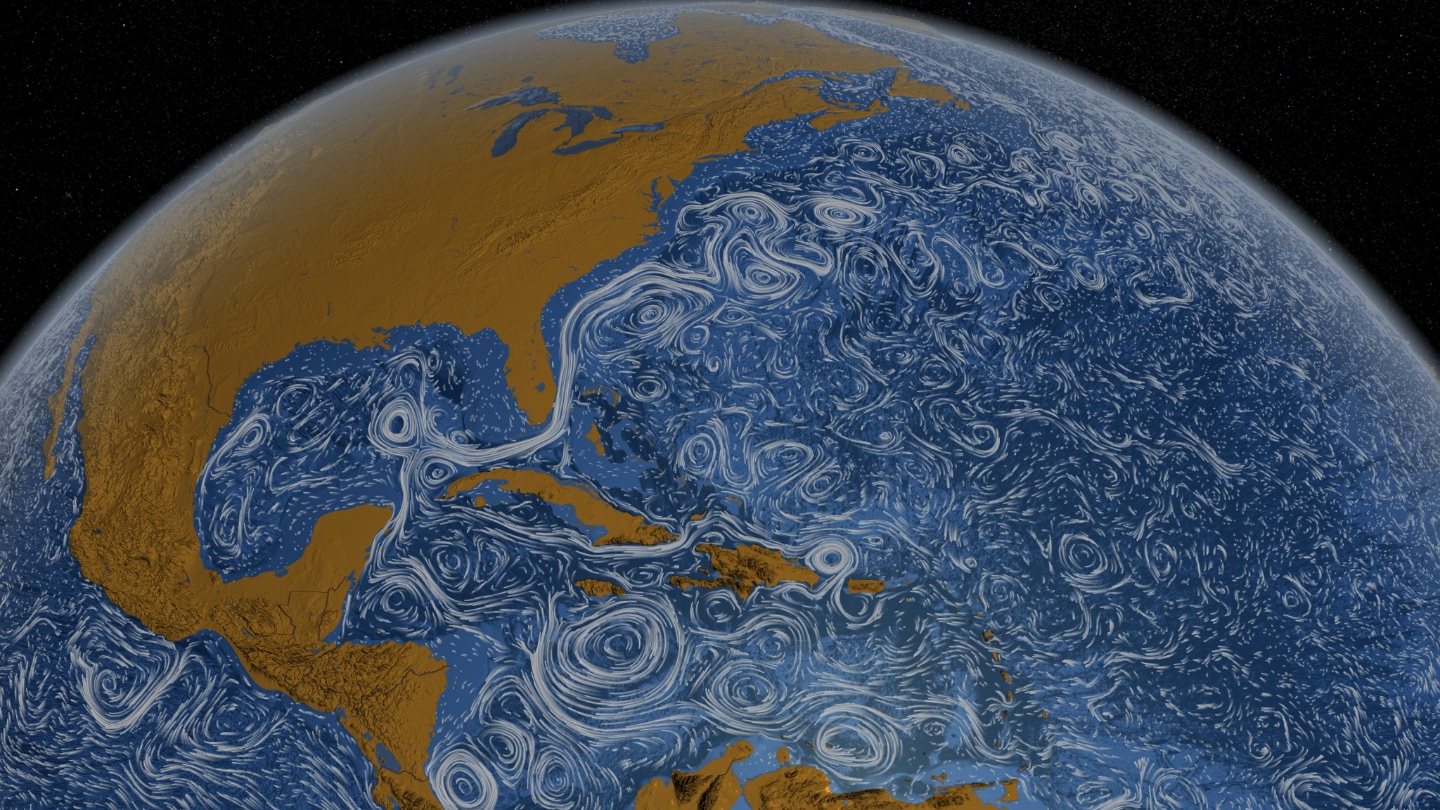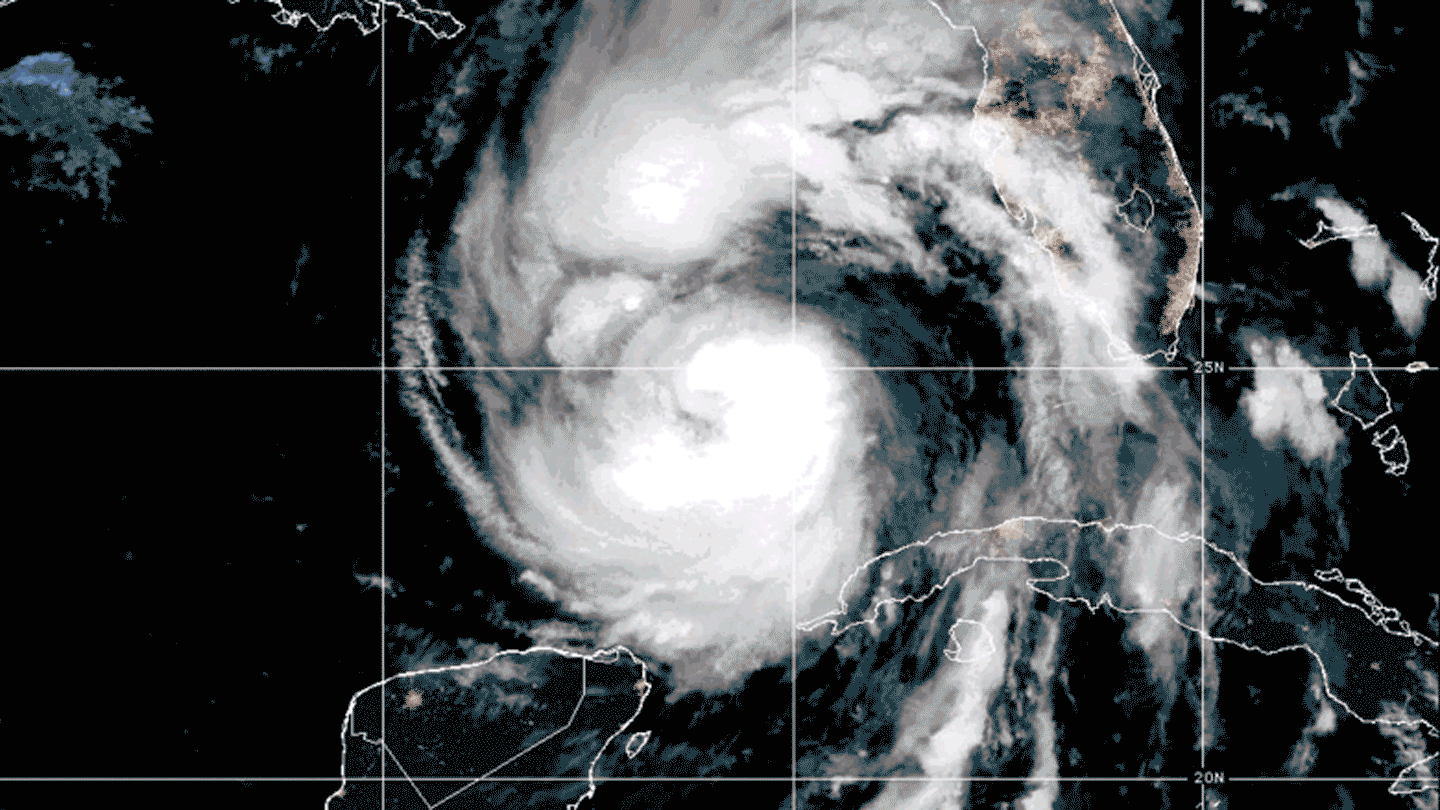Extreme Climate Survey
Science News is collecting reader questions about how to navigate our planet’s changing climate.
What do you want to know about extreme heat and how it can lead to extreme weather events?
“The good news is that the AMOC is slowing down less than we thought, and that means that there’s still time to avert a more serious slowdown,” says oceanographer Hali Kilbourne of the University of Maryland Center for Environmental Science in Solomons, who was not involved in the new study.
But because the reassessed data span only a few decades, she says, “there’s still an outstanding question about whether or not the AMOC has slowed since preindustrial times,” around the mid-1800s.
The AMOC acts like a two-level conveyor belt, circulating heat, salt and nutrients through the Atlantic Ocean (SN: 1/4/17). The belt’s upper level carries warm, near-surface waters from the tropics to the North Atlantic. There, the water cools and sinks to the bottom of the ocean. It then returns south along the belt’s lower level, eventually warming, rising and repeating the cycle.
In the subtropical North Atlantic, most of the water carried by the AMOC’s upper level comes from the Florida Current, which whisks water from the Gulf of Mexico into the Gulf Stream. Since 1982, a seafloor telecommunications cable spanning the Florida Strait has been used to monitor the powerful current, providing the longest observational record of any AMOC component.
Seawater contains charged atoms called ions, which flow across the cable and generate a measurable voltage. By calibrating voltage measurements with direct observations from periodic research cruise surveys, scientists can calculate how much water the current is carrying across the cable on any given day.
But this process isn’t perfect, says oceanographer Denis Volkov of the University of Miami. It’s been managed by several generations of scientists, resulting in some data processing changes over the decades. Volkov’s team found that after 2000, there was a failure to account for the shifting intensity and orientation of Earth’s magnetic field (SN: 11/23/15).
After correcting for the geomagnetic shifts, the data indicate that in each decade since 2000, the Florida Current’s flow rate declined by about 100,000 cubic meters per second. That’s roughly a quarter of the previously reported decline, and virtually insignificant considering that the current averages about 32 million cubic meters per second.
The correction also shrank estimates of a recent decline of the AMOC by about 40 percent. Each decade since 2000, the flow rate of the AMOC decreased by about 800,000 cubic meters per second, while it moves on average some 17 million cubic meters each second. While that’s still a decline, it’s barely significant, Volkov says, adding that it’s not yet possible to say whether the decline is a consequence of climate change or a natural fluctuation.
The takeaway is that the Florida Current’s recent behavior does not indicate that the AMOC is slowing down because of climate change. Or the observational record is too short to detect such a decline.
“This is a great example of how with any scientific enterprise, we’re always having to revise our data, our assumptions and our current dogma as new information comes to light,” Kilbourne says.
But much of the work indicating an AMOC decline since preindustrial times uses paleoclimate proxy data, including deep-sea sediment grain sizes and coral compositions, which extend over thousands of years. The revised dataset is still too short to alter our understanding of the AMOC’s long-term evolution, Kilbourne says.
It’s important to continue making these observations, because they may eventually help show how climate change is affecting the AMOC, says oceanographer Sophia Hines of the Woods Hole Oceanographic Institute in Falmouth, Mass. “It’s all important, just different pieces of the puzzle.”
*
Source link





No comments! Be the first commenter?